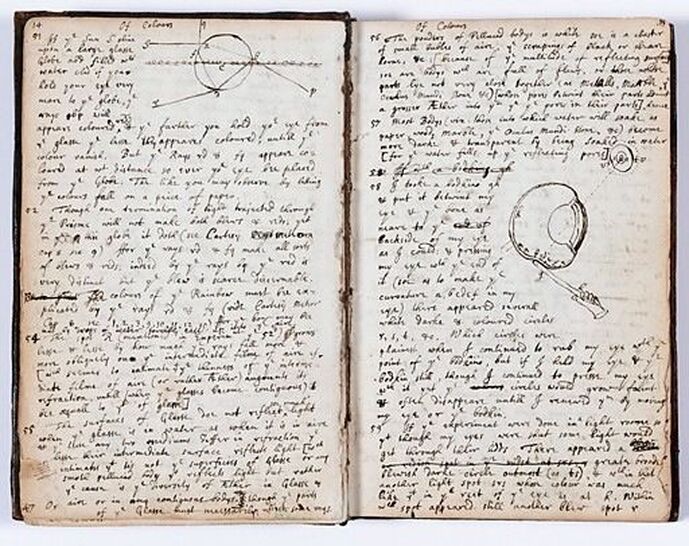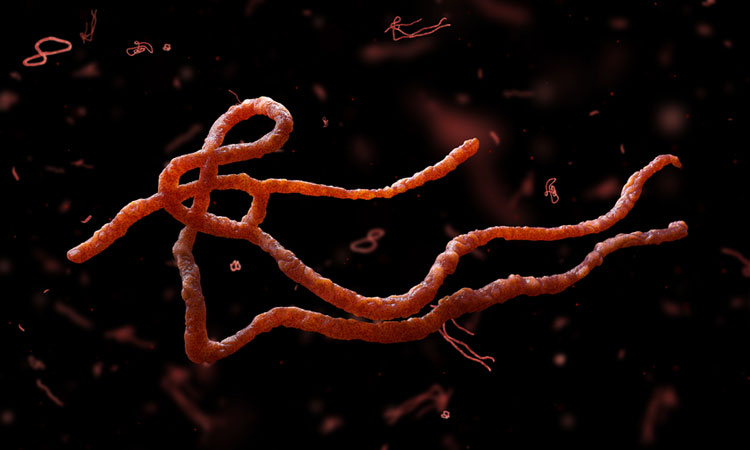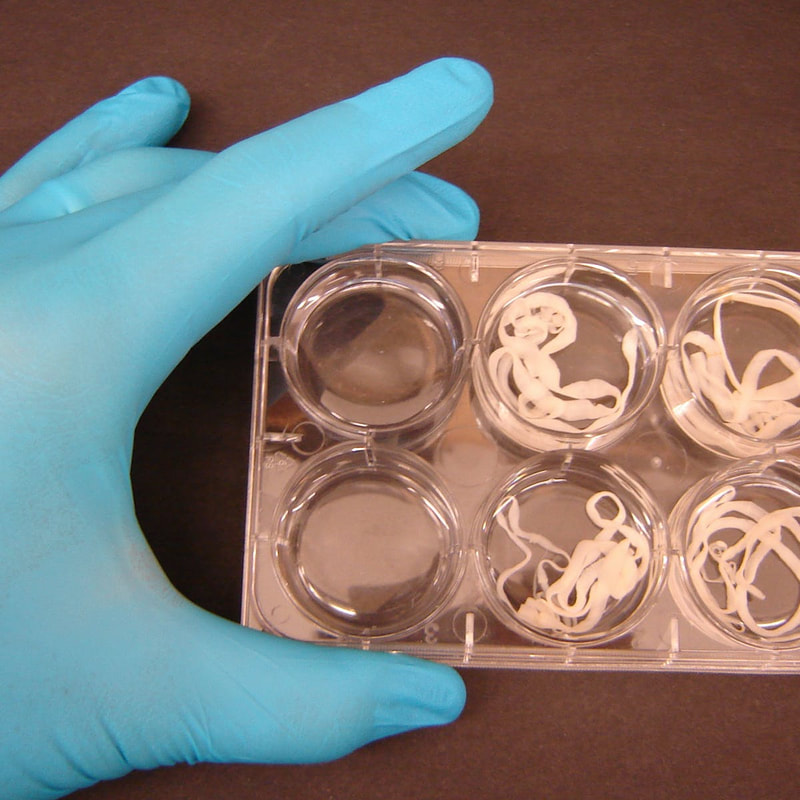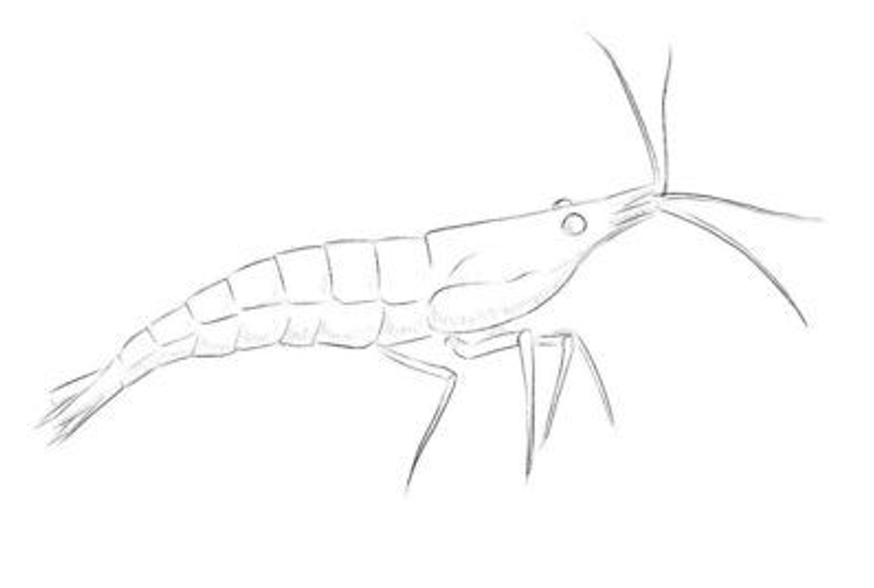Parasite XJune 30th
I arrived at Cap-Haïtien International Airport this morning in order to start my research about the mysterious parasite, which I’ll be referring to as parasite X, taking over Haiti in the wake of the largest hurricane the world has ever seen. The Minister of Health, Dr. Marie Gréta Roy Clément, has invited me down to have a closer look at this species and help identify its origin. I’ll start my research at the hospital, where over 3,000 Haitians have already been admitted, suffering from a strange illness. July 2nd After my visit with the doctors and patients at Hôpital Universitaire de Mirebalais, I have a good idea of the initial and late symptoms revolving around this illness. Blood work on patients with similar symptoms revealed a common deficiency in ascorbic acid. My next stop is to take samples by the rivers and streams just offshore of where the brunt of the hurricane hit. Most people in the villages here get their drinking water straight from the river. If there is something in the drinking water, we have a very serious problem on our hands. Haiti is already prone to cholera infected water sources because of the absence of a sewage sanitation system. If there is something new swimming around in the water, I need to find out. July 3rd Yesterday proved to be an encouraging step in figuring out what is causing the local population to become so sick. I took a few samples of water from a few different streams around the village I’m staying in. Nothing strange came back from the water samples, but I did find some dead shrimp in the water that I didn’t recognize. After bringing the sample back to the lab at the hospital, I was able to identify it as Mictocaris halope, also known as the Bermuda Cave Shrimp. Besides the fact that before now this cave dwelling species only existed in one place in the world, something every bit more interesting came up when I looked at the decaying sample under a microscope. Inside its intestines was a parasitic worm, still wriggling about. This could be something. I’ll spend the rest of my day searching through scientific journals looking for a match. July 20th I’ve spent weeks with this parasite. A doctor at Hôpital Universitaire de Mirebalais was able to extract a live parasite from a host patient and bring it to me in the lab. An exact match! However, I cannot seem to find any kind of data on this unknown species anywhere. While I’m excited at the idea of this being a new species discovery, for the people of Haiti’s sake I was hoping to have more answers by now. It seems that most people are recovering well in a hospital setting with clean wounds, Anthelminthic medications, and a good source of vitamin C. Unfortunately, the number of dead from those outside the hospital is beginning to rise. People with wounds from the hurricane that happened over a month ago are seeing them reopen. With this newfound slow healing and uncovered wounds, other infections are beginning to kill off those who are most vulnerable. Photo from: https://scientificillustration.tumblr.com/post/58720517916/7knotwind-newtons-notebook-pages
July 25th
The United States has been working with the Haitian government to build a water treatment plant in part of their foreign aid. This will drastically improve the drinking water supply and access for locals. In other news, I have called upon colleagues around the world and found no match for parasite X. I do believe it is a new species, one that feeds on the ascorbic acid in human beings. I continue to study samples the hospital gives me from infected patients. With foreign aid at its peak, the country is looking cleaner and is slowly being put back together. If we can get the drinking water clean, this whole thing might be over sooner than we expected. August 14th The new water treatment plant is finally up and running. In even better news, the number of patients is going down every day here at the hospital. This is the exact response we were hoping for! However, something just as troubling has begun. Dead fish and crabs are washing up by the bucket-full on the Plage Caramel beach. Samples prove that the cave shrimp were a tasty addition to the offshore ecosystems here. August 17th Tragedy continues here in the wake of the hurricane. Thousands of dead sea creatures float in the bays and crowd the sandy beaches. I’m confident that the offshore ecosystems will recover after the last of the shrimp are gone, but the immediate danger from a loss of a food source is impacting the Haitian population hard. The aid relief is running thin and volunteers are now being taken away from the housing help to clean up the shoreline and distribute food. The light at the end of the tunnel is coming though, with almost no patients left infected with parasite X. With the infection sites identified and the spread under control, my work here is almost done. Haiti is still healing and needs a lot of support to curve this devastation of destruction and infection. I’ll be sticking around to help with the aid relief and then I’m off to the recluse Bermuda caves to find parasite X’s origin site. Photo from: https://www.drugtargetreview.com/news/36514/worm-targets-drugs/
|
Species Notes: Parasite X
Photo from: https://theconversation.com/they-might-sound-gross-but-intestinal-worms-can-actually-be-good-for-you-49868
Species Notes: Mictocaris halope
Catalog:
Observations:
July 1st, 2030
|
Sources
Department of Health & Human Services. “Scurvy.” Better Health Channel, Department of Health & Human Services, 31 July 2012, www.betterhealth.vic.gov.au/health/healthyliving/scurvy.
“Bermuda Cave Shrimp.” The Department of Environment and Natural Resources, environment.bm/bermuda-cave-shrimp.
US Department of Commerce, National Oceanic and Atmospheric Administration. “What Is the Bermuda Triangle?” NOAA's National Ocean Service, 1 June 2013, oceanservice.noaa.gov/facts/bermudatri.html.
History.com Editors. “Bermuda Triangle.” History.com, A&E Television Networks, 7 Oct. 2010, www.history.com/topics/folklore/bermuda-triangle.
“Bermuda Cave Shrimp.” The Department of Environment and Natural Resources, environment.bm/bermuda-cave-shrimp.
US Department of Commerce, National Oceanic and Atmospheric Administration. “What Is the Bermuda Triangle?” NOAA's National Ocean Service, 1 June 2013, oceanservice.noaa.gov/facts/bermudatri.html.
History.com Editors. “Bermuda Triangle.” History.com, A&E Television Networks, 7 Oct. 2010, www.history.com/topics/folklore/bermuda-triangle.




